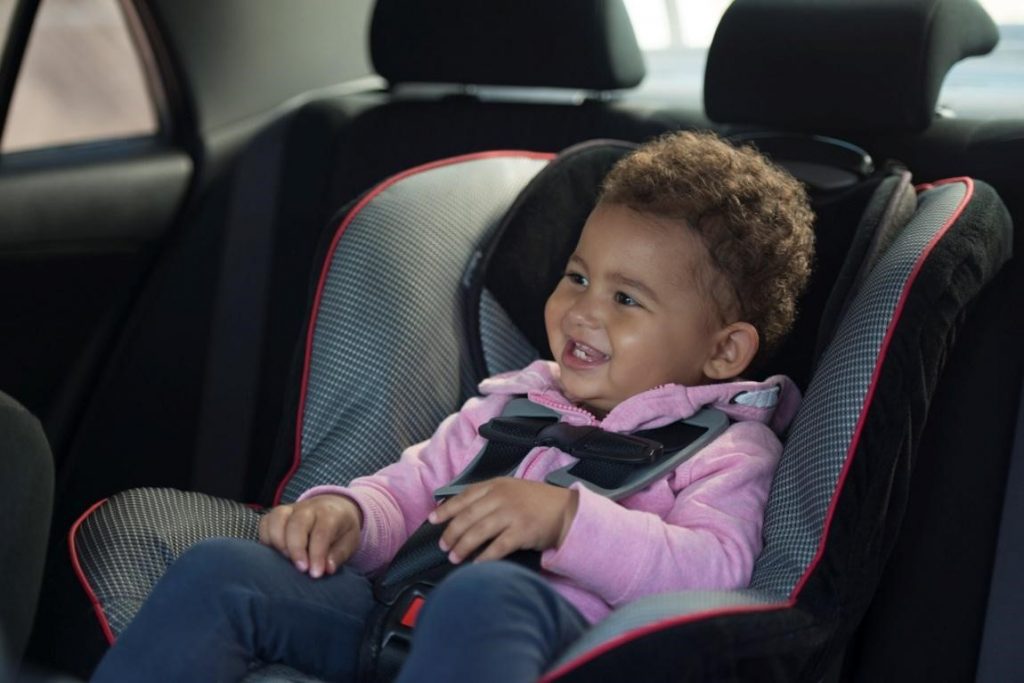Help educate families about the health and wellness of children with a safety information guide
As a family child care provider, you have a vested interest in the health and wellness of the children in your care. Making sure children are safe while under your supervision is obviously a critical part of running a child care program; however, the definition of “caring” extends beyond your actual job of watching over children and represents a genuine interest in their well-being.
Part of caring for children involves helping, supporting, and educating families. As a child care professional, you have access to a broader range of experience and more information that relates to child development than the average parent does. Put your knowledge base to use by providing safety information to parents that teaches them about potential hazards and how to avoid them.
Safety first
Parents are faced with a lot of information and are already juggling the logistical chaos of running a home, working, and raising a family that includes young children. The best way to convey information in a manner that may stick is to put it in writing and keep it short.
Create a series of helpful handouts that contain summarized information about the safety, health, and wellness of young children. Consider the following topics.
Sleep safety
Research shows that infants are safer when sleeping on their backs, but parents often take advice from well-meaning older relatives who aren’t aware of the science behind preventing sudden infant death syndrome with this simple change of infant positioning. Infants also shouldn’t sleep with blankets, pillows, stuffed animals, or crib bumpers or on soft mattresses or cushions. Make sure parents are aware of your program’s sleep policy, and introduce information that includes statistics to reinforce the importance of this “back-to-sleep” practice.
Child passenger safety
Car seat safety guidelines is another topic that can be confusing to new parents due to the shift in recommendations over the years. Provide information about safe car seat installation and state laws regarding what types of car seats match what age/size child, and emphasize the importance of keeping car seats rear-facing for at least two years. Also, make suggestions on creating a habit around checking the back seat of the car before exiting – it can be helpful if parents leave their purse or phone near the car seat so they don’t accidentally leave their child in the car.
Emergency/first-aid information
Unfortunately, it’s easy to have your mind go blank during a stressful incident or emergency. Create a laminated, all-inclusive reference document that can be kept in a convenient place, with important phone numbers to resources such as poison control and the local police station, your contact information, and space to write other relevant contacts such as the pediatrician, as well as simple first-aid suggestions about topics such as infant and child CPR; choking; how to handle cuts, burns, or fractures; or accidental ingestion.
Contagious illnesses
Sickness happens, especially among groups of children. Recognizing and managing symptoms and knowing when to keep a child home are crucial to stopping the spread of germs before you have a program-wide outbreak of illness. Make sure parents are aware of your wellness policy by providing information about which symptoms are indicative of spreading and outline the signs that a child is well enough to return.
There is a long list of health- and safety-related topics when it comes to caring for children, and the examples listed above are simply a summary of samples to inspire your own parental education packet. A more comprehensive list of suggestions, as well as sample handouts, is available in this online toolkit for family child care providers.
Help ensure that the parents of the children in your care are aware of safety recommendations and guidelines so that you can collaborate on raising happy, healthy children under optimal conditions.
The Virginia Infant & Toddler Specialist Network helps improve the quality of care for infants and toddlers through extensive resources, services, and education for caregivers. Learn more about how we can help you improve the standard of care.




